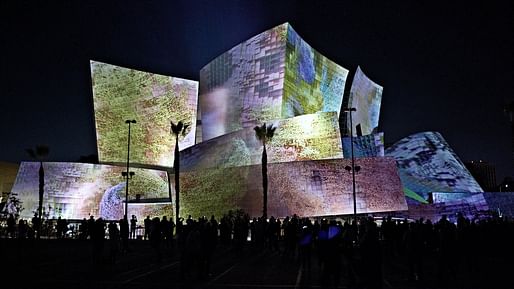

It is misrepresented as some inherently revolutionary technology, when in fact it is rather conservative aesthetically [...] Not only is this a gray area in terms of intellectual property; it also is, well, boring.
An architecture dependent on AI will produce content of the lowest common denominator.
— The Nation
While AI applications like Midjourney may have their advantages, Kate Wagner sees their implementation into the architectural design process as deeply flawed and the product of too many industry hype mongers.
Despite their potential to make certain office tasks redundant, Wagner says there’s going to be an endpoint at which human designers are once again made inevitable, writing: "I believe that while design and construction documentation is the most boring part of making a building, it is also most likely to be the last to be automated, for the simple reason that architects and firms are extremely risk-averse [...] Architects would generally rather leave such features such as retaining walls to contractors rather than elaborate on specifics that would make the architect themselves legally responsible. This is, simply, not a practice open to 'disruption.'"

The points she raises about CAD technology actually leading to increased workloads historically and the referential flaws inherent in image generators are also true. The impacts AI will have on architectural education, however, remain underemphasized but important factors. As one University of Oklahoma undergraduate student said, speaking of a recent studio project there that incorporated DALL-E and Midjourney: "You] might as well learn how to use it and have the skill set rather than getting left behind."
In the end, most likely, firm leaders will decide the trajectory of its influence based on economic necessity and the sheer logic of capitalism. Writing in a feature on the topic we published in 2021, Jarim Abdel-Wadood provides the reasoning behind that stasis. As he said: "The threat is actually posed not by artificial intelligence itself but by users who deem AI to be a cheaper, more efficient means to an end. As we are encouraged to indulge in our consumerist tendencies, we become less concerned with creating spaces that we can emotionally connect to and see ourselves in and more about acquiring material things."
6 Comments
More and more folks will enter the business of image-making - styling buildings and then handing over the idea to the AEC pros to figure out how to build it.
Except for a handful of people using AI to generate architectural images, most out there using it as a junk consumerist image-generating platform of overwhelmingly banal ideas catalog. Phew.., all that in one exhaling breath...
The more it becomes like a google extension, good luck with the quality. It is corrupted already.
I have to say, what passes on as an "entertaining image" is not necessarily good for architecture.
"I was walking up Lafayette street
It's real empty
And I looked out and it turned into a big field
And I looked up in the sky
And I looked up in the clouds
And I saw this face looking down at me
And it's a women's face
And she threw a quarter down at me and she said:
"Honey, here's a quarter go put it in the washing machine"
And then I looked up at her,
I looked up"
Kim Gordon described the song as the future.
Oh, another dall e unbaked futurist industry poser! Sorry, I am all out quarters.
Block this user
Are you sure you want to block this user and hide all related comments throughout the site?
Archinect
This is your first comment on Archinect. Your comment will be visible once approved.